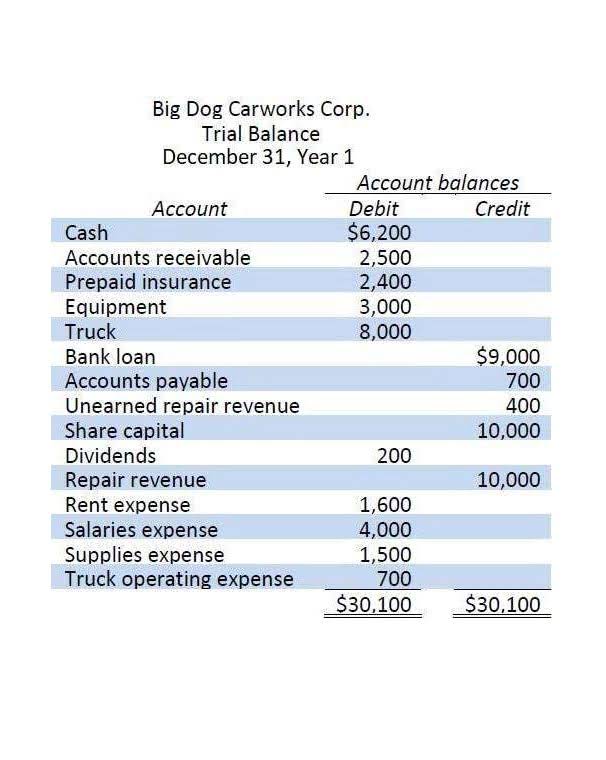
While the buy credit diary entry is an important tool for tracking credit transactions, it does have some drawbacks. One major disadvantage is that it does not include currency transactions, which must be recorded separately in other journals. This means that organizations must manage credit and cash purchases in separate systems, increasing the complexity of financial tracking. By systematically logging transactions through Purchase Journals, a company can efficiently manage its accounts payable and inventory, improve its financial reporting accuracy, and consequently, make better financial decisions. Purchase Journals are specifically used to not just to record credit transactions, but also to analyze these transactions.
Purchase Journals
The most popular type is the purchase journal, which is used to track all credit purchases done by a business. This journal assists firms in carefully capturing all credit purchases and ensuring that financial records reflect precise amounts owing to suppliers. Implementing procurement risk management practices at this stage is essential to effectively monitor risks related to supplier payments and cash flow. It is critical for monitoring the company’s payables and managing cash flow effectively. The purchase journal is a source document for recording purchases in the general ledger, the primary accounting record that summarizes all financial transactions.

Editorial Process

For example, X Ltd. returned goods worth $1,000, and Y Ltd. issued a credit note for that value. So Bookkeeping for Startups next time X Ltd. will purchase $5,000, it only has to pay $4,000 as $1,000 will be adjusted against credit note. The default entity for the line is automatically updated with the entity value of the selected the customer, vendor, account, or item record. If you simply credit the full sales amount into the “Goods Account” you mix up profit with inventory, making the closing balance of this account inaccurate. Even though these goods are technically purchase, accounting treats as expenses because they are used to generate income. To speed up your invoicing process, help you get paid faster, and maintain cash flow, you can use e-invoicing software.
BAR CPA Practice Questions: Proprietary Funds Statement of Cash Flows
On a regular (usually daily) basis, the line items in the purchases journal are used to update each supplier account in the accounts payable ledger. In the above example, 200 is posted to the ledger account of supplier ABC, 300 to supplier EFG, and 250 to supplier XYZ. When posting to the accounts payable ledger, a reference to the relevant page of the purchase journal would be included. Both parties agree to a price that the purchaser pays in consideration of goods or services. The person or organization from whom the purchase is made is called the supplier, and when the purchase is on credit, the supplier will appear as Creditors on the balance sheet till the time payment is made. The cash receipts journal is a particular journal that has the function of recording all types of cash receipts.
To understand the purchase credit journal entry better, let’s take a look at a scenario where the company would have to record such a journal entry. In this scenario, the debit entry will increase the company’s assets and the credit entry will increase the company’s liabilities, thereby balancing the journals. In this blog, we are going to learn what a purchase credit journal entry is with the help of an example and understand how to record it in the ledger. The above columns represent the crucial info companies must record for every credit purchase transaction. In each case the purchase transaction entries show the debit and credit account together with a brief narrative.
Purchases Journal
Since the purchases journal only records credit transactions, none of the cash transactions made during the period are posted in it. Instead, all cash inventory and supply purchases are recorded in the cash disbursements journal. A purchases journal is a subsidiary-level journal in which is stored information about purchasing transactions. This journal is most commonly found in a manual accounting system, purchase journal where it is necessary to keep high-volume purchasing transactions from overwhelming the general ledger. All types of purchases made on credit are recorded in the purchases journal, including office supplies, services, and goods acquired for resale.
Recording Periods of Purchases Journals
- This meticulous record-keeping is fundamental in providing a clear and detailed insight into the company’s financial obligations, aiding in effective budgeting and financial decision-making.
- Usually, this organized recordkeeping helps companies maintain complete and reliable records, which are crucial for financial reporting purposes.
- Anytime money comes into the company, the cash receipts journal should be used.
- Goods are denoted as ‘Purchases A/c’ when goods are purchased and ‘Sales A/c’ when they are sold.
- This transaction will increase inventory in balance sheet, and it allows the company to withdraw material for manufacturing.
Recall that the accounts receivable subsidiary ledger is a assets = liabilities + equity record of each customer’s account. The sales journal is used to record sales on account (meaning sales on credit or credit sale). Selling on credit always requires a debit to Accounts Receivable and a credit to Sales. Because every credit sales transaction is recorded in the same way, recording all of those transactions in one place simplifies the accounting process. Note there is a single column for both the debit to Accounts Receivable and the credit to Sales, although we need to post to both Accounts Receivable and Sales at the end of each month.
- Yes, transactions recorded in the Purchase Journal must be posted to the General Ledger accounts, such as Accounts Payable and Inventory, to ensure the financial statements accurately reflect all business activities.
- Whether in a manual or electronic accounting system, a well-maintained purchase journal is essential for accurate and compliant recording of purchase transactions.
- Purchase Journals should ideally be updated immediately after a credit purchase transaction has taken place.
- However, most firms enter those transactions in the general journal, along with other transactions that do not fit the description of the specific types of transactions contained in the four special journals.
- To supplement these advantages, ScaleOcean provides a comprehensive set of tools designed to optimize accounting operations.

The total of all of the cash disbursements for the month would be recorded in the general ledger Cash account (Figure 7.27) as follows. Note that the information for both the cash receipts journal and the cash disbursements journal are recorded in the general ledger Cash account. When inventory is purchased on credit, the Inventory account on the balance sheet increases, reflecting more assets, and the Accounts Payable account also increases, indicating a rise in liabilities. The debit to the Inventory account shows an increase in assets, as the company now has more inventory.
- Opening a purchase account in the catalog, the weekly or monthly purchases should take the debit from the miscellaneous account on the debit side.
- In the above example, 200 is posted to the ledger account of supplier ABC, 300 to supplier EFG, and 250 to supplier XYZ.
- If we ordered inventory from Jones Mfg. (account number 789) using purchase order #123 and received the bill for $250, this would be recorded in the purchases journal as shown in Figure 7.28.
- Select the Columns link to choose which data fields to include and where the columns break on your report.
This integration results in more effective financial reporting and smoother business operations. Integrating purchasing and accounting systems is critical for increasing corporate efficiency and financial accuracy. ScaleOcean’s accounting software automates purchase tracking and journal keeping, resulting in fewer errors and saved time.
